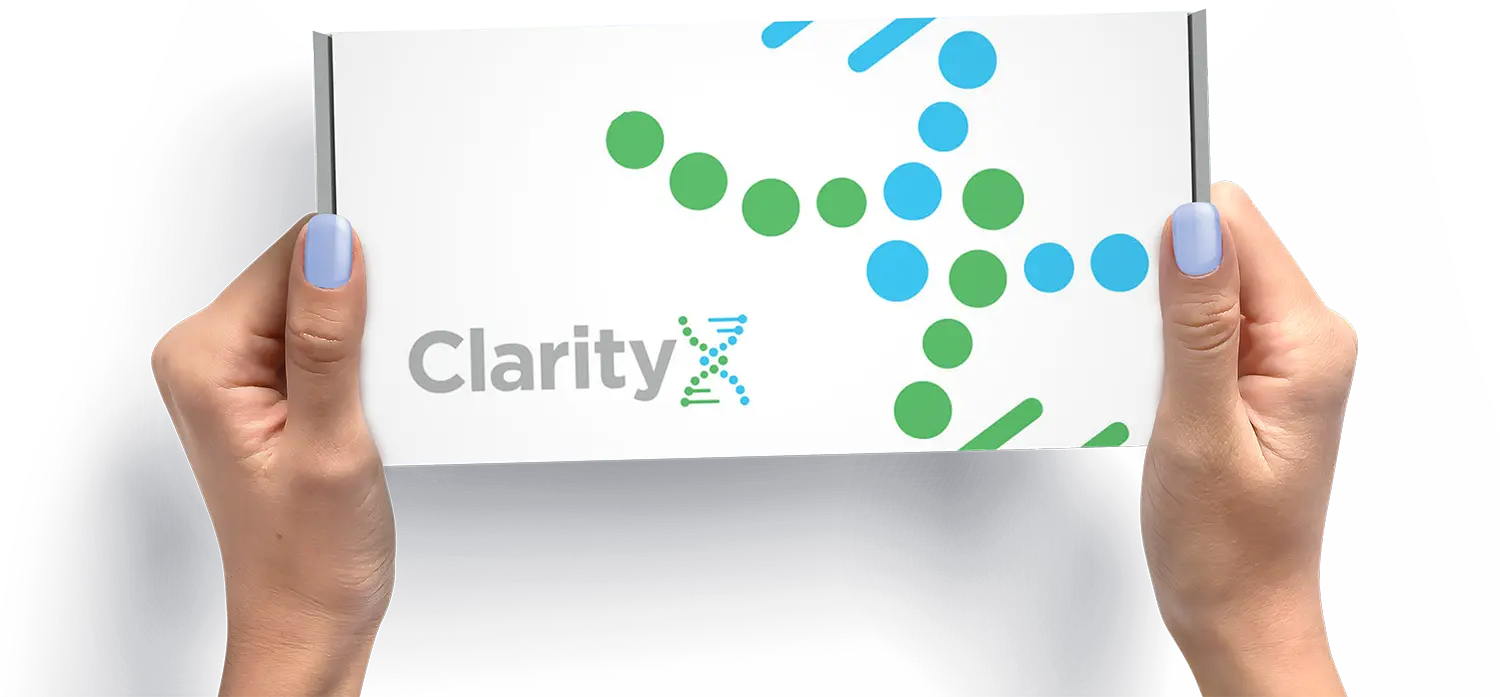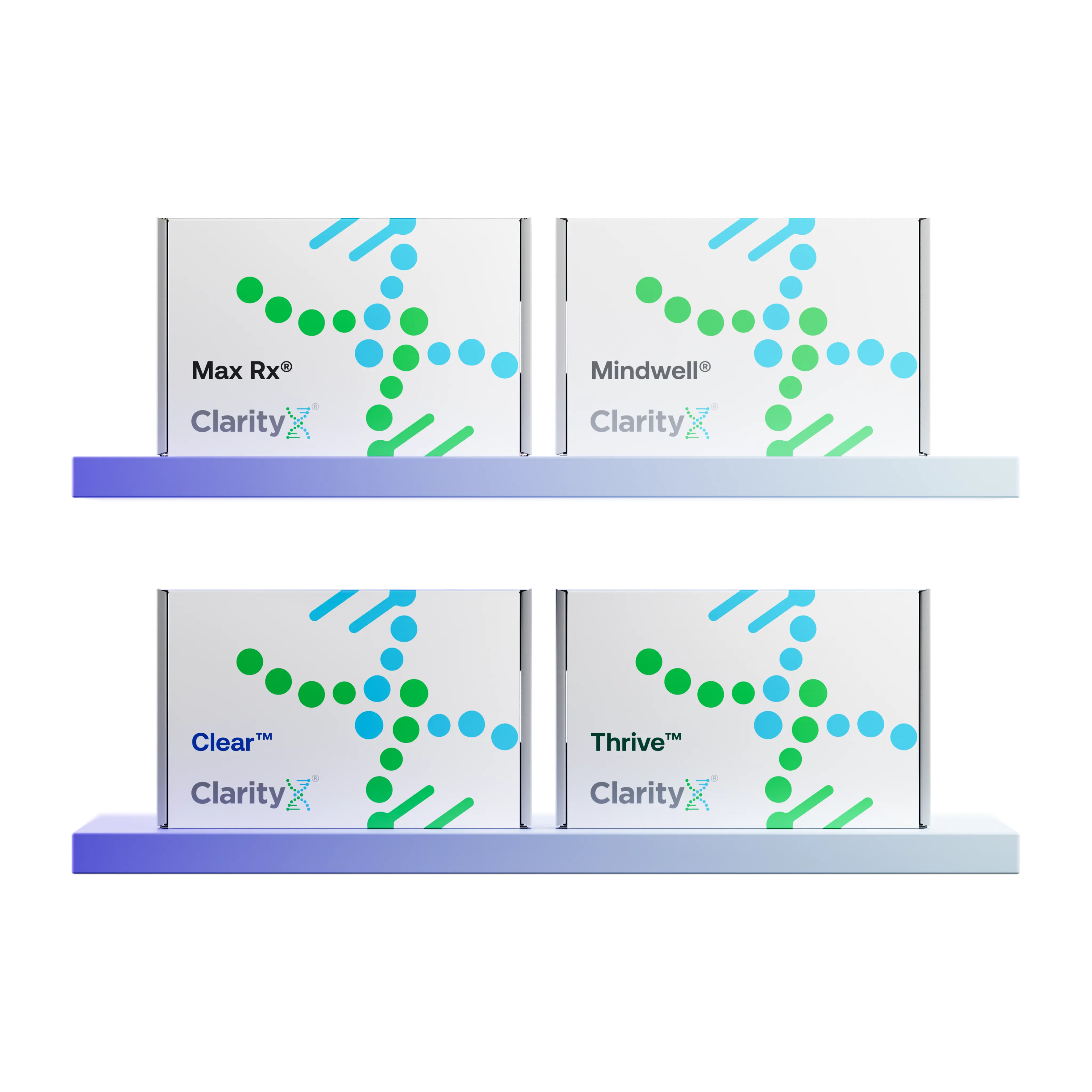Key Highlights
- Obsessive-compulsive disorder (OCD) and obsessive-compulsive personality disorder (OCPD) are distinct mental health conditions with key differences in symptoms and impact.
- OCD includes intrusive thoughts and repetitive compulsions, while OCPD revolves around rigid personality traits like perfectionism and control.
- OCPD is considered a personality disorder, whereas OCD belongs to a category of anxiety-related disorders.
- Diagnosis and treatment for OCD and OCPD differ significantly, emphasizing both psychotherapy and medication in tailored ways.
- OCD symptoms typically fluctuate with anxiety levels, whereas OCPD traits are stable and persistent over time.
Introduction
It is important to know about the differences and similarities of disorders like obsessive-compulsive disorder (OCD) and obsessive-compulsive personality disorder (OCPD). This helps people deal with mental health problems more efficiently and effectively. Both are linked to compulsive behavior, however, the two diagnoses can have very different symptoms and treatments.
Defining OCD and OCPD
OCD is a compulsive disorder. People with this may get unwanted thoughts and can also make people perform activities over and over due to worry or fear. On the other hand, OCPD is a personality disorder. Here, the main issues are strong perfectionism and the need to always follow rules. The person may want everything to be just right and in order all the time.
Knowing how the two conditions are different helps with an accurate diagnosis. This can lead to more effective treatment. With the right help, people with these issues can see their daily functioning and mental health get better over time.
What is Obsessive-Compulsive Disorder (OCD)?
Obsessive-Compulsive Disorder (OCD) is a long-term mental health condition. People with this compulsive disorder have ongoing, unwanted thoughts that will not go away, also known as intrusive thoughts. To cope, they often repeat some actions or behaviors over and over again. These repetitive behaviors are used to lower any stress or worry that comes from the thoughts. OCD can get in the way of a person’s daily functioning, lower their quality of life, and make things harder for them day to day.
What is Obsessive-Compulsive Personality Disorder (OCPD)?
Obsessive-Compulsive Personality Disorder is a personality disorder that makes people always want things to be in order, perfect, and under their control. People with this compulsive personality disorder think their strict ways are good and beneficial. Because of this, it can get in the way of how they work and their relationships with others. This is not the same as OCD, because people with OCPD feel their actions are correct and needed.
Prevalence and Demographics in the United States
Obsessive-compulsive disorder (OCD) and obsessive-compulsive personality disorder (OCPD) both affect many people in the United States. Research shows that OCD is found in about 2-3% of the general population. The chances can go up to around 10-11% if you look at relatives of those who have the disorder.
OCPD is known as one of the most common personality disorders for younger adults. Around 8.7% of people who visit mental health care centers as outpatients may have this personality disorder. The knowledge of these mental health conditions, their prevalence rates, and who is most likely to get them can help with early spotting and treatment for different groups in the United States.
How Common is OCD?
Obsessive-compulsive disorder, also called OCD, impacts about 2-3% of the general population in the United States. This mental health condition can make it hard for people to get on with their work, studies, and personal relationships. When someone in the family has OCD, close relatives have a bigger risk, with a prevalence rate of 10-11%.
OCD symptoms often start in early adulthood. You may notice things like intrusive thoughts or the need to repeat certain actions. Early help can make a big difference, so it is good to get support as soon as signs show up. The listed prevalence rates show just how much compulsive disorder can affect a person’s life, both at work and with other people. This is why it’s important for us to talk about mental health and help those who need it.
How Common is OCPD?
Obsessive-compulsive personality disorder (OCPD) is one of the most common personality disorders in the United States. About 7.8% of adults in the country will have OCPD at some point in their lives. In mental health care, this number goes up. There, OCPD affects about 8.7% of people who get help outside hospitals and 23.3% of people who stay in a psychiatric hospital.
Both men and women get this personality disorder at about the same rate. However, it happens less often in younger adults. Compulsive personality disorder often shows up with other problems. People might also deal with depression, eating issues, or an anxiety disorder. This can make it harder for doctors to spot what is really going on.
Because OCPD is so common and often misdiagnosed by doctors, it can be hard to know who needs help. An accurate diagnosis is needed. With a correct diagnosis, people can better understand their own personality traits, deal with daily life, and get the right support for mental health.
Signs and Symptoms of OCD
The main signs of obsessive-compulsive disorder (OCD) are intrusive thoughts and the need to repeat certain actions. Intrusive thoughts are ideas that a person does not want, but they cannot stop thinking about them. This often leads them to do things such as washing or counting over and over to help with their stress.
These repetitive behaviors can take over daily life. They might make it hard for people to do well at work, with their family, or socially as their repetitive behaviors can take an overwhelming amount of time. It is important to notice ocd symptoms early on. When you do, a mental health professional can find the correct treatment options. Getting effective treatment may help manage these intrusive thoughts and compulsive tendencies. That can bring back control over daily life and help with mental health.
Common Obsessions in OCD
Common obsessive thoughts in OCD often come from fears that do not make logical sense. These thoughts usually focus on certain things and can make anxiety much worse.
- Fear of contamination or germs.
- Worries about not acting right or causing harm.
- Obsessing over everything needing to be in order.
- Strange worries about personal relationships.
- Unwanted thoughts that get stuck about safety or disasters.
These intrusive thoughts can bring strong emotional pain. For example, a person may think about hurting someone, even if they do not want to do it. This mental cycle is very hard to stop. That is why OCD treatment, like cognitive behavioral therapy and response prevention, is extremely important. There are many treatment options for someone dealing with unwanted thoughts about their lives, mental health, and personal relationships.
Common Compulsions in OCD
Compulsive behaviors in OCD happen because of intrusive thoughts. People do these things to feel less anxious and to try to stop things they fear from happening. The actions are often repeated again and again, and this can be very tiring.
- There may be a lot of handwashing because of fears about germs.
- Some people keep arranging things to make them look right and even.
- Many check locks, appliances, or safety things many times.
- Counting behaviors or saying certain things over and over can also happen.
- Some avoid places or events that remind them of unwanted thoughts.
For example, one might spend a lot of time making everything look just right so it matches what they think is okay. Over time, these repetitive behaviors get worse and make it hard to do productive activities throughout the day. That is why response prevention therapies are so helpful in getting people out of OCD’s stronger cycles.
Causes and Risk Factors
Many things, like genetics and stress, can cause obsessive-compulsive disorder (OCD) and obsessive-compulsive personality disorder (OCPD). People with a family history of these conditions often have higher prevalence rates. If someone in your family has a compulsive disorder or personality disorder, you may be more likely to get it too. Tough times or stress in important stages in your life can also bring out or make symptoms worse.
It’s essential to consider both genetic and environmental factors when developing an effective treatment plan. Understanding how these elements interact allows mental health professionals to make more accurate diagnoses and tailor treatments to each individual. This comprehensive approach leads to more effective interventions and better long-term outcomes.
Diagnosis and Misdiagnosis
Accurately diagnosing OCD and OCPD requires a careful evaluation of their distinct symptoms, as overlapping features can lead to misdiagnosis. For instance, someone may appear to have OCD when they actually meet the criteria for OCPD. Mental health professionals rely on the Diagnostic and Statistical Manual of Mental Disorders (DSM) to differentiate these conditions and develop personalized, effective treatment plans tailored to each individual’s needs.
How OCD is Diagnosed
Diagnosis of obsessive-compulsive disorder (OCD) starts with a full checkup by a mental health professional. The American Psychiatric Association’s statistical manual of mental disorders gives set rules to help find the presence of obsessions or compulsions. These must be strong enough to upset the person or negatively impact daily life. During a checkup, a mental health professional may use interviews and other tools to spot symptoms of this compulsive disorder.
It is important to notice intrusive thoughts and repetitive behaviors to get an accurate diagnosis of OCD. This helps to tell the difference between OCD and other related disorders. Doing this means you can make a treatment plan that fits the person. This way, people get the help they need.
How OCPD is Diagnosed
Diagnosing obsessive-compulsive personality disorder (OCPD) begins with a comprehensive evaluation by a mental health professional using criteria from the Diagnostic and Statistical Manual of Mental Disorders (DSM). This process often includes interviews and questionnaires to assess traits like excessive control, perfectionism, and rigid thinking patterns. Understanding how these traits impact your daily life and relationships is essential for creating an effective, personalized treatment plan.
Treatment Options for OCD
Effective treatment for compulsive disorder often uses both talk therapy and medicine. Cognitive behavioral therapy, or CBT, is one key way to help. This kind of therapy, called response prevention therapy, helps people face their worries and do fewer obsessive things. Selective serotonin reuptake inhibitors, or SSRIs, are also given to help with some signs of the condition. These medicines work by preventing the reuptake of serotonin, increasing serotonin levels in the brain.
Working with a mental health professional is important. They can help you build a treatment plan that fits you. This can make your daily functioning better and improve your quality of life. A good plan can also help with handling obsessive thoughts and managing feelings of distress. With the right support, people get the help they need to take back control from mental health problems.
Psychotherapy and Cognitive Behavioral Therapy (CBT)
Effective treatment for OCD often includes psychotherapy, especially cognitive behavioral therapy (CBT). In this way, you can find and challenge intrusive thoughts that add to your anxiety. With exposure and response prevention, people learn to sit with their discomfort and not do OCD behaviors. In contrast, psychotherapy for OCPD looks at deep-rooted personality traits and rigid thinking. Special plans can help you with perfectionistic habits. Both therapies show why a mental health professional is important. The help they give can improve your quality of life and help with personal growth.
Medications for OCD
Medications are important in the treatment of compulsive disorder. Doctors often use selective serotonin reuptake inhibitors (SSRIs) for this. These medications help ease symptoms by raising the level of serotonin in the brain. Some SSRIs that are often used are fluoxetine and sertraline. They help reduce obsessive thoughts and compulsive actions. Sometimes, a doctor may also use clomipramine. This is a different kind of medicine called a tricyclic antidepressant.
It is good to balance medication with cognitive behavioral therapy (CBT) for an effective treatment plan. By doing this, people can improve their daily functioning. It can also help give a better quality of life.
Treatment Options for OCPD
Effective treatment for obsessive-compulsive personality disorder (OCPD) typically begins with psychotherapy, particularly cognitive-behavioral therapy (CBT), which helps individuals recognize and modify rigid thinking patterns and perfectionistic behaviors. Psychodynamic therapy may also be beneficial by uncovering underlying emotional conflicts that contribute to OCPD symptoms. In some cases, medications such as selective serotonin reuptake inhibitors (SSRIs) are prescribed to reduce anxiety and enhance daily functioning. A personalized treatment plan developed with a mental health professional can significantly improve both quality of life and interpersonal relationships.
Approaches to Psychotherapy for OCPD
Effective ways to help people with compulsive personality disorder or other personality disorder are psychodynamic therapy and cognitive behavioral therapy (CBT). In psychodynamic therapy, the goal is to look at why traits like perfectionism and controlling behaviors start. This way, the person can get to know their own emotional conflicts. CBT can help you change intrusive thoughts and work on new behaviors. The aim is to make daily functioning better.
With techniques like response prevention, you can learn to stop avoiding things and face feelings of distress. Using these types of therapy can make interpersonal relationships better and give people a better quality of life.
Medications and Other Interventions for OCPD
A broad approach is often needed to manage obsessive-compulsive personality disorder. Selective serotonin reuptake inhibitors, like fluoxetine, can help ease symptoms. These medicines may make daily functioning easier and can improve interpersonal relationships. Along with this medication, cognitive behavioral therapy is also used. This therapy works to change some of the personality traits that cause problems and helps people build better habits.
Family therapy can be good, too. It helps people close to the person with this personality disorder to understand what is happening and offer better support. This can lead to better ways of talking together. A treatment plan made for a single person’s needs is the most effective treatment. It can really help reduce distress and boost quality of life for those with compulsive personality disorder.
Conclusion
Understanding the differences between obsessive-compulsive disorder (OCD) and obsessive-compulsive personality disorder (OCPD) is important. This helps with accurate diagnosis and getting the right treatment. OCD means that a person has intrusive thoughts and actions they feel they must do. These can cause a lot of feelings of distress. OCPD is a personality disorder where someone always wants things perfect and feels a need to be in control. This can make it hard for them to have good interpersonal relationships. These two problems both affect daily functioning and the quality of life people have.
Understanding the difference between OCD and OCPD is crucial for proper diagnosis and treatment. While therapy is essential for both, medications like SSRIs are often used in managing OCD—and sometimes OCPD symptoms. Pharmacogenetic testing can help tailor these medications to your genetic profile, increasing treatment success and minimizing side effects.
It is good to talk to a mental health professional about your symptoms. They can help you find out what is going on and give treatment options that fit you. With the right help, people get better daily functioning and relationships, which can let them enjoy a better life overall.
Frequently Asked Questions
Can a person have both OCD and OCPD?
Yes, it is possible for someone to have both OCD and OCPD at the same time. OCD has intrusive thoughts that lead the person to do certain actions over and over. On the other hand, OCPD is when someone is always focused on being in control and having everything in order. These two can happen together, and this can make it hard to know what is going on and how to help the person.
Are OCD and OCPD lifelong conditions?
Both OCD and OCPD can last for a long time. The symptoms can get better or worse as time goes on. With the right treatment, people can control their symptoms and have a better quality of life. If you start treatment early, it can help you deal with these disorders in a better way.
-https://my.clevelandclinic.org/health/diseases/24526-obsessive-compulsive-personality-disorder-ocpd
-https://www.nhs.uk/mental-health/conditions/obsessive-compulsive-disorder-ocd/symptoms/
-https://www.mayoclinic.org/diseases-conditions/depression/in-depth/ssris/art-20044825






